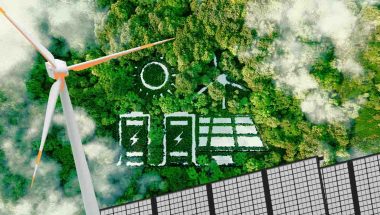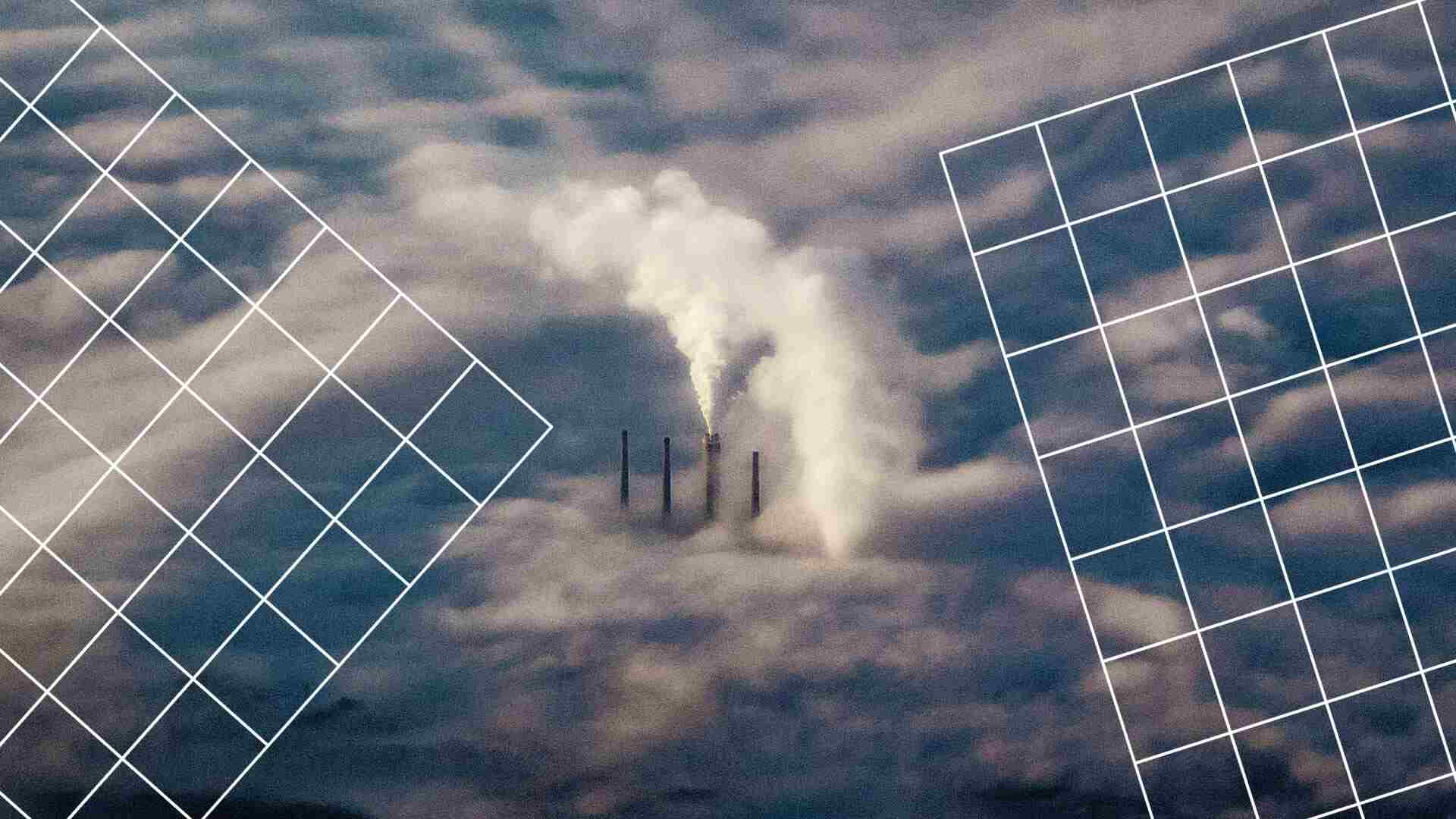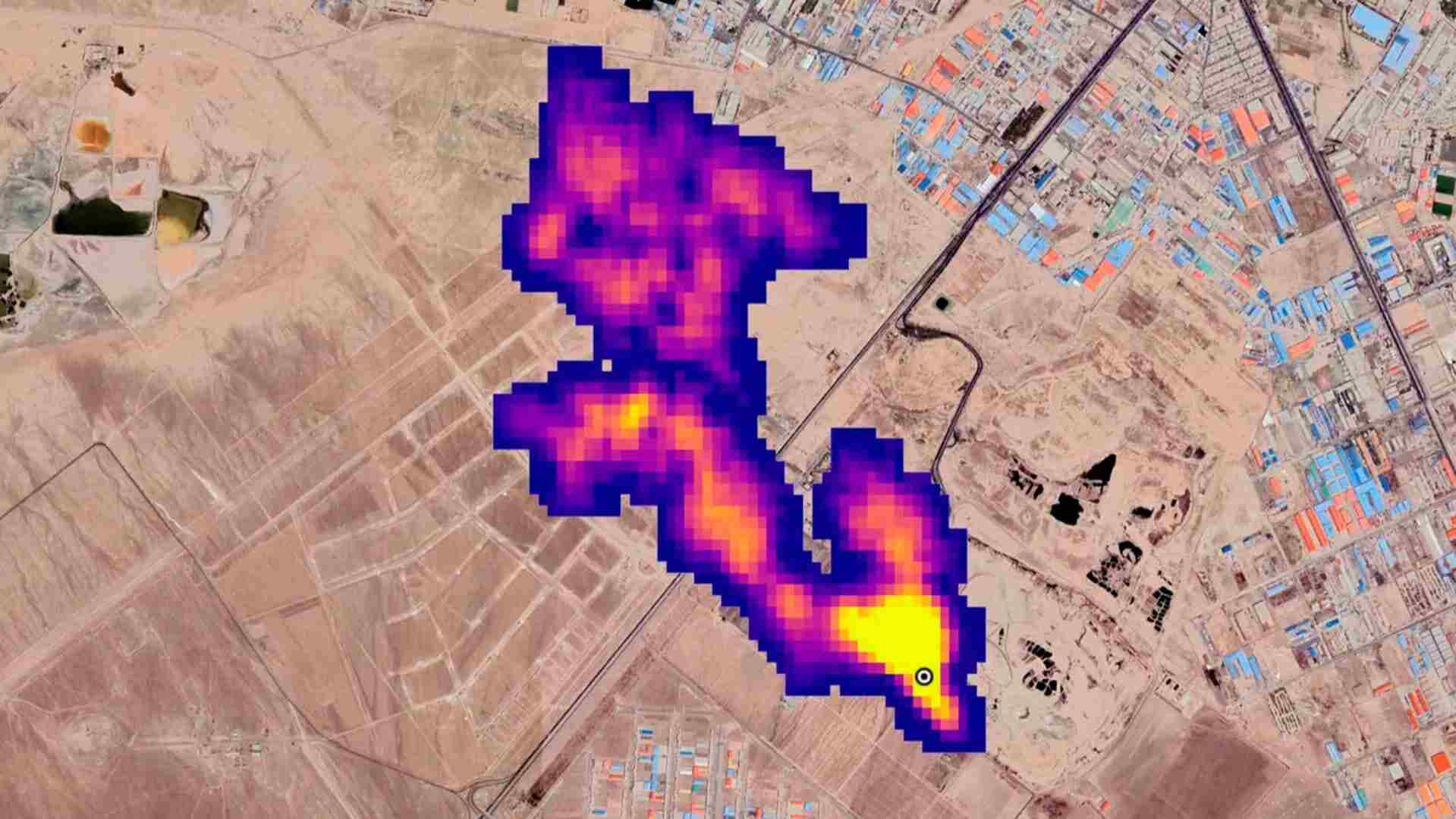- | 11:00 am
This startup fights climate change by growing algae in the desert
Per unit area, the company claims to capture as much carbon as a rainforest can.
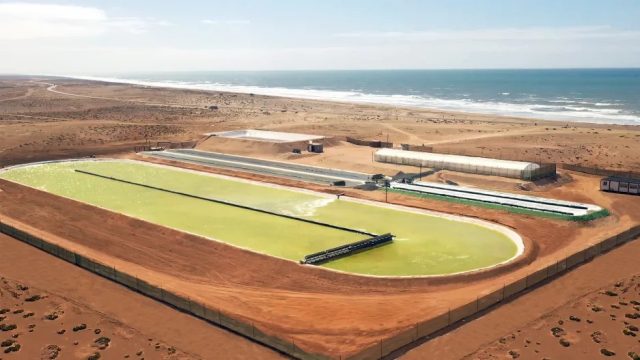
In the Sahara Desert along the coastline in Morocco, more than 300 miles from the nearest city, a green pond now sits in the middle of the sand. It’s a test site for Brilliant Planet, a startup that plans to fight climate change by growing vast quantities of carbon-capturing algae in the world’s deserts.
“Per unit area, we can fix as much carbon—or more carbon, depending on where we are in the seasonality—as a rainforest,” says Raffael Jovine, cofounder and chief scientist at Brilliant Planet. “The difference is, when a rainforest tree falls down, it returns 97% of the carbon back to the atmosphere, whereas we can sequester all of it.” The production at the test site varies, as the company runs different trials. But when it builds the first commercial-scale plant, covering 1,000 acres, it expects to remove 40,000 tons of CO2 per year, roughly the equivalent emissions of using 92,000 barrels of oil. Scaled up to cover available desert land on coasts, the system could hypothetically remove 2 gigatons of CO2 a year.
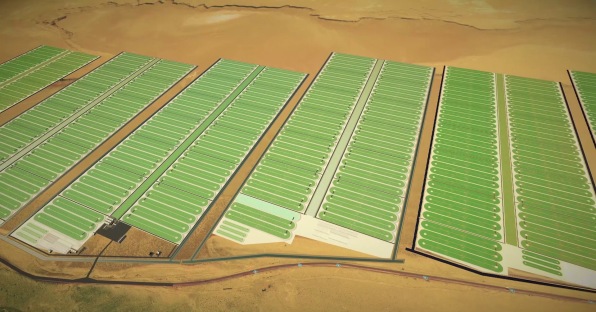
[Photo: courtesy Brilliant Planet]
The company pumps seawater from the nearby coast into its facility, taking advantage of the fact that the water is filled both with nutrients that algae needs to grow and with CO2; the ocean has absorbed tens of billions of tons of CO2 emissions over the last few decades. As the water flows through a series of containers and ponds, algae grows in the startup’s proprietary system and captures carbon. When the algae is ready to be harvested—a process that takes between 18 and 30 days—it’s filtered out of the water, which is returned to the ocean. (The process also makes the water less acidic, helping solve another problem caused by climate change.) Then the algae is dried and buried under the sand, where the carbon it captures can be permanently stored.It’s one example of something that climate science says is necessary: Tackling climate change involves not only moving away from fossil fuels and eliminating other emissions, but also removing CO2 from the air. The latest IPCC report says that carbon removal—both through technology and natural solutions like planting trees— is essential and will have to massively grow for the world to have any chance of limiting global warming to 1.5 or 2 degrees Celsius.
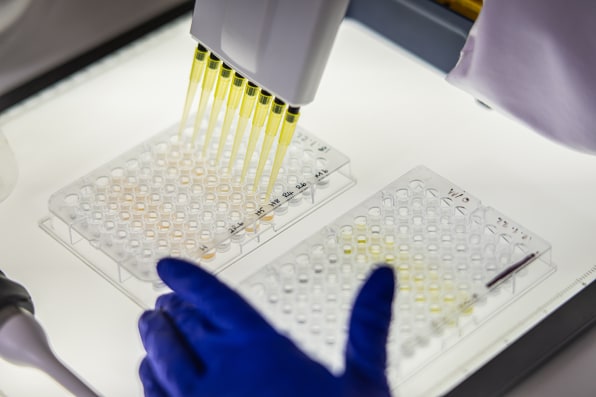
[Photo: courtesy Brilliant Planet]
Other companies growing algae, including biofuel startups that failed in the past, focused on a different approach, growing algae inside bioreactors that were expensive and complex to run. Jovine compares the old approach to growing in a test tube. “Instead of upscaling a test tube, we’re downscaling the ocean,” he says. “What that really means is that, fundamentally, we have taken natural processes, natural algal blooms, that are the basis of the food chain in the ocean. And we have taken those and brought them on land in a very large scale.”In the ocean, large algae blooms happen seasonally, but the company developed a process that can grow algae quickly year-round. The system can capture CO2 at far less cost than direct air capture plants that suck carbon from the air. The algae facility costs less than $50 per ton of captured CO2 to operate; direct air capture can cost 10 times as much. As with direct air capture plants, the company will sell carbon credits to companies that need to offset their carbon footprints. “The issue on the direct air capture side is simply that it’s so expensive,” says CEO Adam Taylor. “There’s just an inherent amount of energy required to separate CO2 out of the atmosphere in such minuscule quantities.”
The approach also has advantages to carbon removal in nature—it’s hard to measure exactly how much CO2 a forest is storing, or to know that the trees might not later be cut down or lost in a fire. Another startup plans to grow kelp in the ocean and then sink it to capture the carbon, but will also face a challenge in showing that the carbon is permanently stored. Brilliant Planet will bury the algae close to the surface of the sand; because of the salty, dry environment, it won’t decompose.
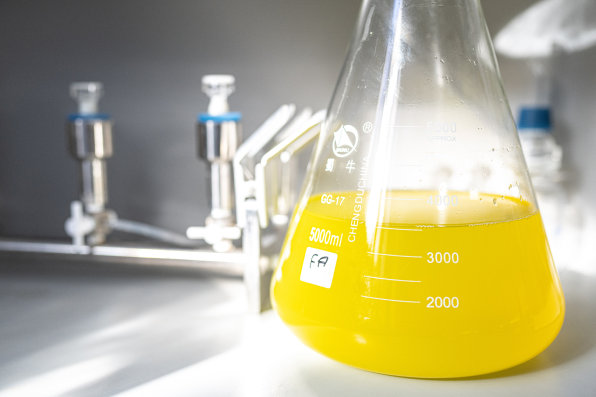
[Photo: courtesy Brilliant Planet]
“It’s just a shallow burial, one or three meters under the ground,” says Taylor. “So if anybody ever questioned, did you really bury the algae? Is it still there? Did it decompose? You could sort of say, Well, there’s the GPS coordinates of where we were burying on that day that we made your credit. Bring your shovel, and you’re welcome to verify it.”Companies that have goals to reach net zero emissions or to become “carbon negative,” like Microsoft, are looking for high-quality carbon credits to buy—solutions that are permanent, scalable, affordable, and proven to add a new benefit rather than double-counting something that would have happened anyway. Brilliant Planet is currently considering whether it may “pre-sell” any of its carbon credits to these companies. Full operation will begin soon.
The startup has been running its test site in Morocco, leased from the government, for nearly five years to prove that the system works, following earlier pilots in South Africa and Oman. Now, after raising $12 million in a Series A round of funding, the company will be beginning construction on a larger demonstration facility in 2023; a commercial facility will be built in 2024.
There are half a million square kilometers (more than 300,000 square miles) of flat, coastal desert land in the world—from Africa to South America to Australia—that the company says could be ideally suited to this work. “One of the key benefits of this system is the huge scalability because we are using otherwise unused desert land that has no real alternative farming or agricultural or economic use,” Taylor says.






